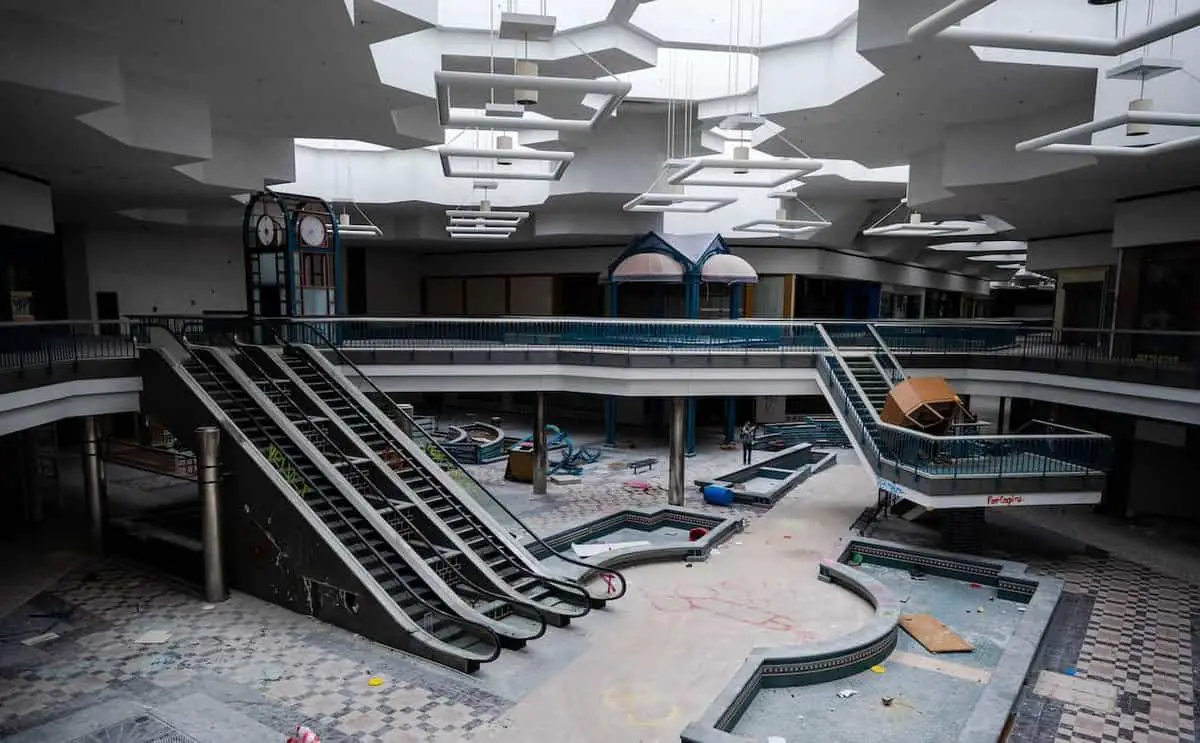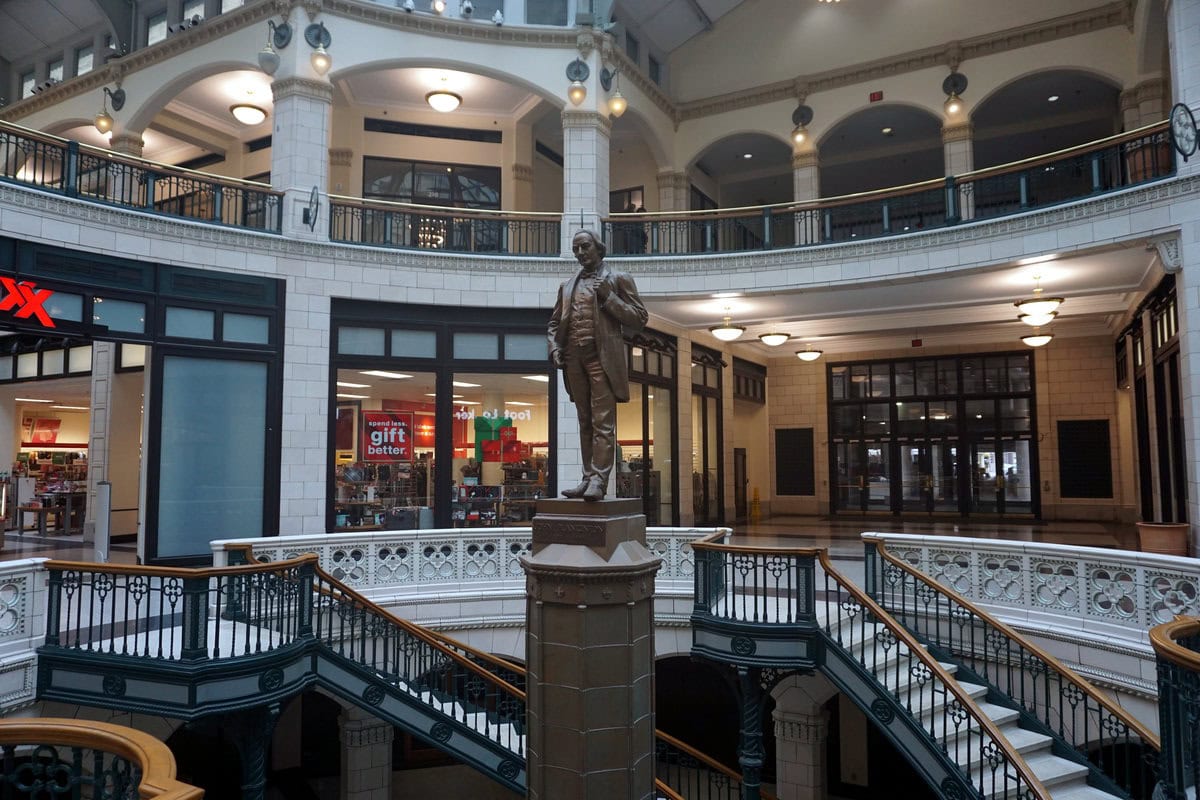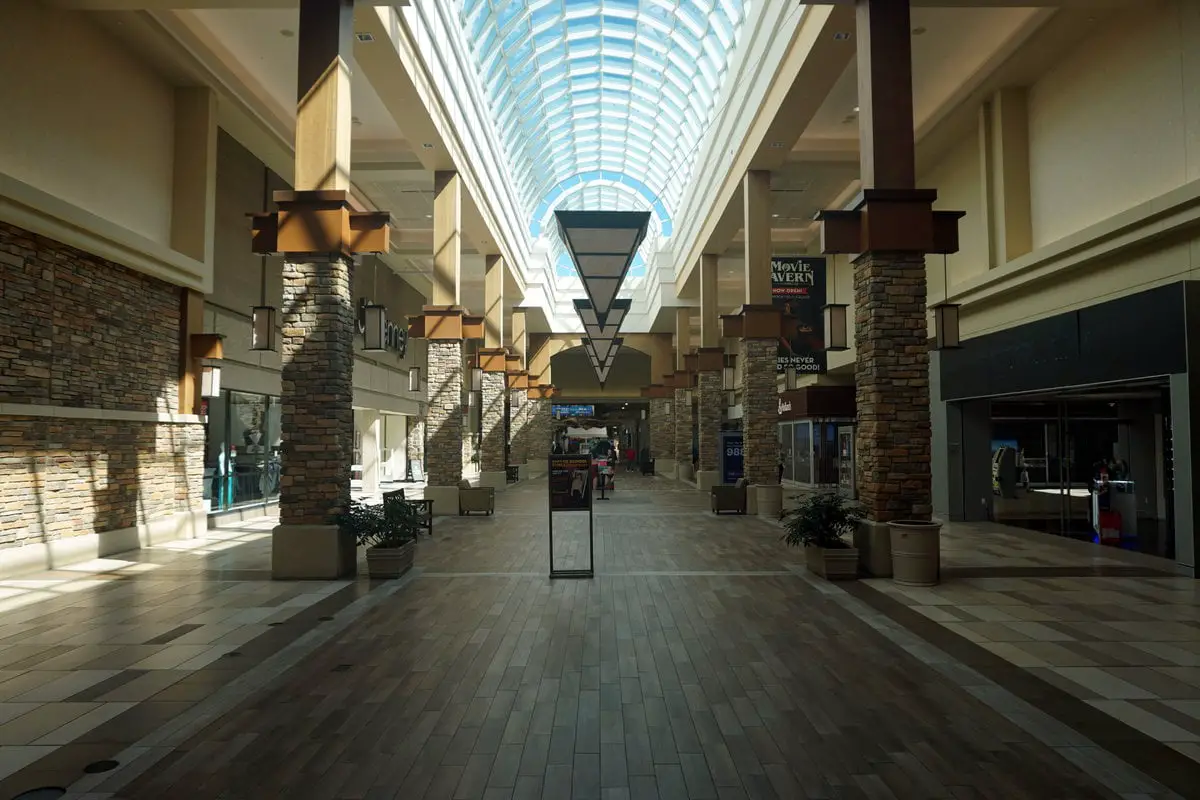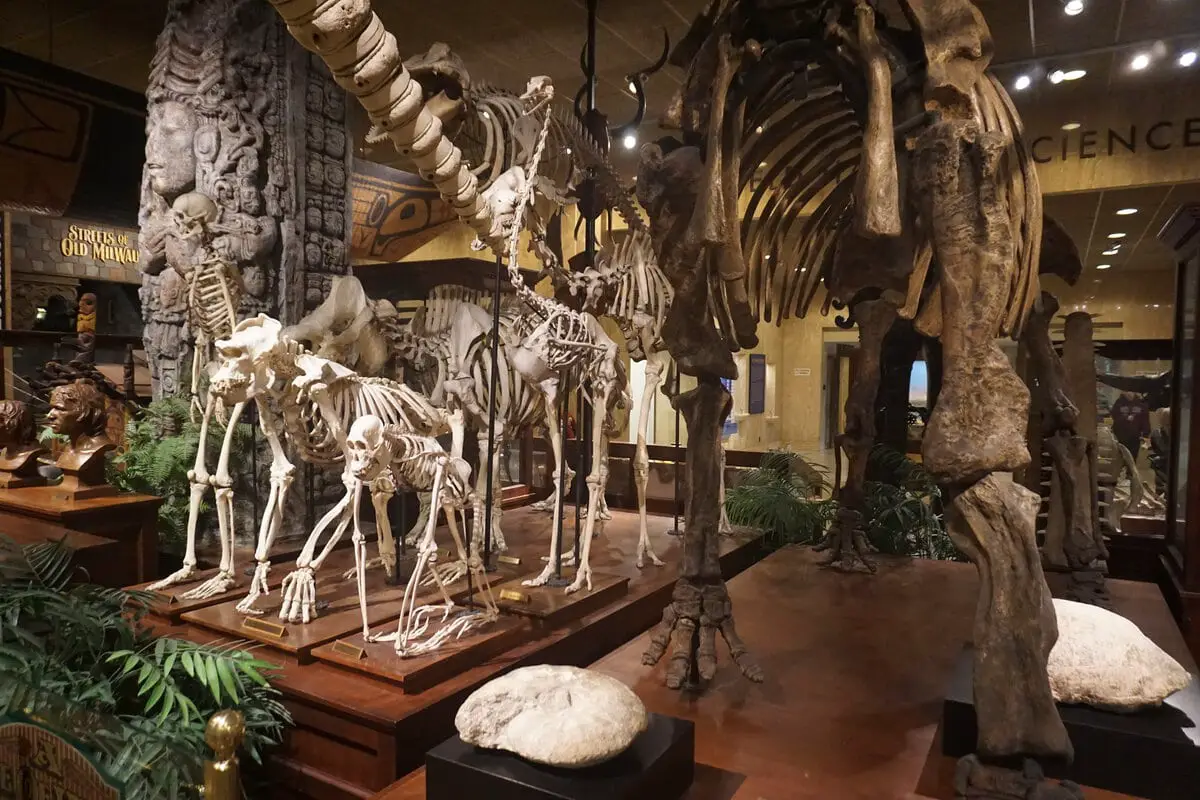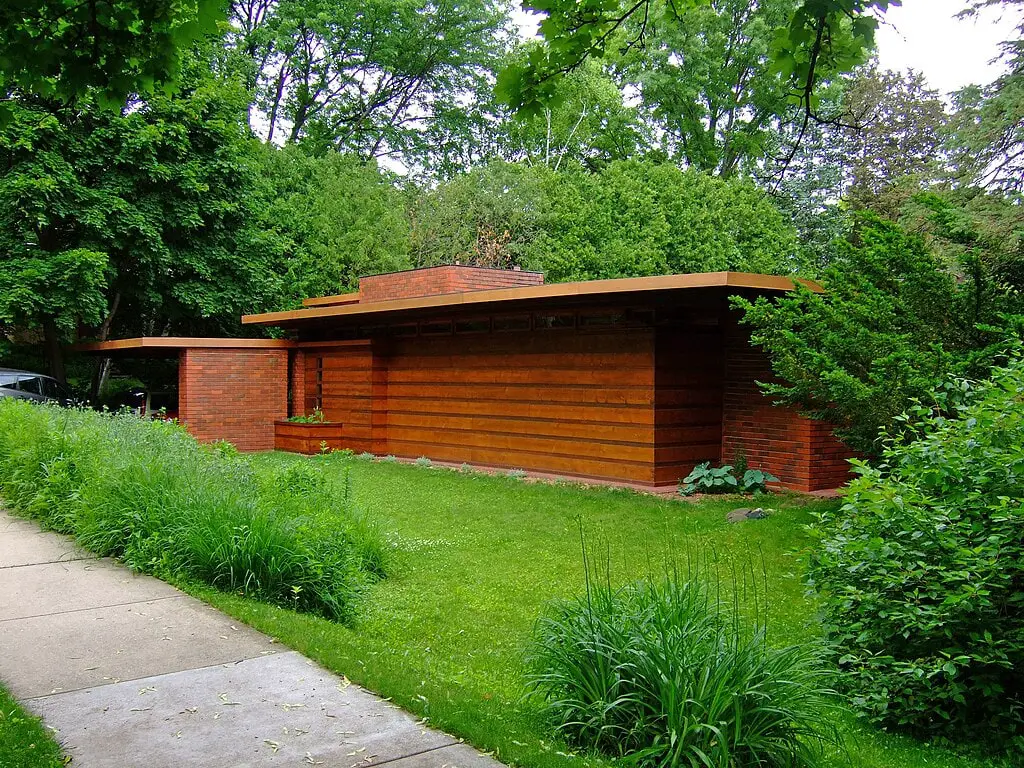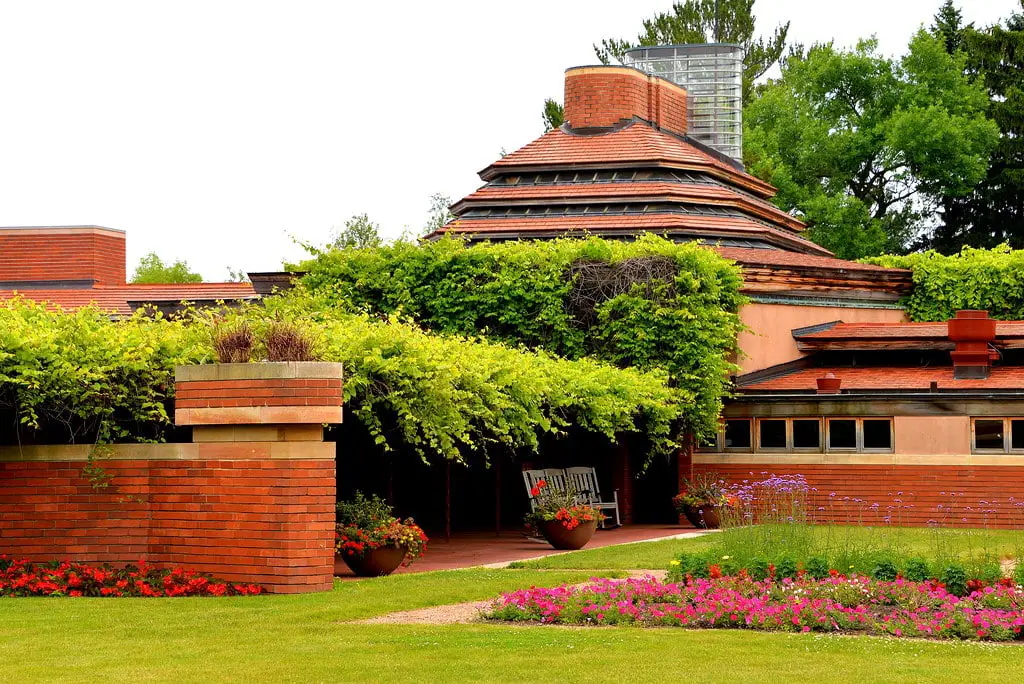Origins and Early Development
Milwaukee Public Museum's roots go back to the mid-19th century, long before its official charter in 1882. It all started in 1851 with the founding of the German-English Academy in Milwaukee.
This school, known for blending European and American educational approaches, encouraged hands-on learning.
Principal Peter Engelmann often took students on field trips, where they gathered natural specimens - everything from fossils to plants.
Over time, these collected items grew into a larger assortment, sparking interest beyond the academy's walls.
By 1857, the demand for organization led Engelmann to form the Natural History Society, a group dedicated to cataloging and expanding the collection.
As the years passed, the growing collection became too large for the academy to handle alone.
It had begun attracting donations from alums and local supporters, adding archaeological artifacts and ethnographic pieces to its holdings.
Recognizing the need for a proper institution, city alderman August Stirn took action.
He worked with Wisconsin's state legislature to secure a plan for Milwaukee to acquire the collection and establish a permanent public museum.
His efforts paid off, and the groundwork for a city-funded institution was set in motion.
By 1882, Milwaukee had officially chartered the Milwaukee Public Museum. Two years later, on May 24, 1884, it opened to the public.
The first exhibits were housed in rented spaces, but they quickly gained attention as valuable educational tools.
Early leadership prioritized using the museum for display, research, and public learning.
Milwaukee's investment in this project helped shape its cultural identity, marking the museum as a key attraction in the city's downtown landscape.
Even in its infancy, it shaped things to do in Milwaukee, Wisconsin, drawing visitors eager to explore its growing collection.
Pioneering Exhibits and Innovations
By the late 19th century, Milwaukee Public Museum had already begun setting itself apart through groundbreaking exhibits.
In 1890, taxidermist Carl Akeley introduced the world's first complete habitat diorama, an immersive display featuring a muskrat colony.
This approach revolutionized museum exhibitions, making displays more lifelike and engaging.
Akeley, later known as the "father of modern taxidermy," developed techniques that would influence museums worldwide.
His work in Milwaukee demonstrated how natural history could be presented in a dynamic and real way.
The early 20th century brought more changes. In 1902, Henry L. Ward took over as the museum's director, steering it beyond the natural sciences.
Up until then, exhibits had mainly focused on wildlife and geology. Ward pushed for a broader scope, leading to the creation of a history department.
To build this new section, the museum hired Samuel A. Barrett, who recently earned the first Ph.D. in anthropology from the University of California.
Under Barrett's leadership, the anthropology and history collections expanded, adding artifacts that explored human cultures from around the world.
Education remained a central focus. In the early 1900s, MPM introduced one of the nation's first museum outreach programs, bringing exhibits and educational materials to schools across Milwaukee.
This initiative made museum learning accessible to students who couldn't visit in person.
The museum also built strong ties with local institutions, working closely with universities and researchers to develop new exhibits.
By the 1920s, MPM had become a leading institution in museum education, continuing to refine the way history and science were presented to the public.
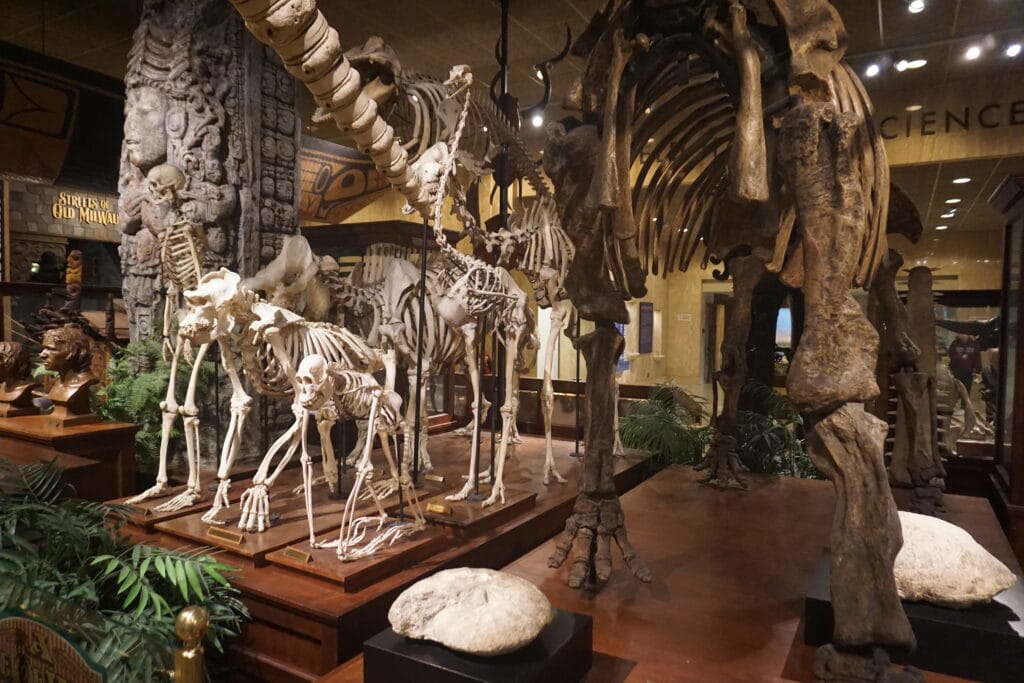
Growth and Challenges in the 20th Century
As Milwaukee grew, so did the need for a larger museum space.
In 1960, construction began on a new facility at 800 West Wells Street, just a block north of its previous location.
Two years later, in 1962, Milwaukee Public Museum officially moved into the modern building, which offered more space for exhibits and storage.
The additional space allowed the museum to house larger installations, including full-scale dioramas and extensive artifact collections.
Despite the relocation, the old museum-library building remained in use for a few more years and continued to host some exhibits until 1966.
The museum faced new financial realities in the 1970s. In 1972, it introduced admission fees for visitors who lived outside Milwaukee, sparking controversy.
Critics argued that a public museum should remain free for all, while supporters claimed that new revenue streams were necessary to maintain operations.
The financial strain led to a major shift in 1976 - ownership of the museum was transferred from the city to Milwaukee County.
This move provided temporary stability, but financial concerns persisted. By the early 1990s, Milwaukee Public Museum was struggling again.
In 1992, reports suggested that the museum was on the verge of bankruptcy, raising fears that it might be sold or privatized.
A compromise was reached: Milwaukee County retained nominal ownership, but daily operations were handed over to Milwaukee Public Museum, Inc., a nonprofit backed by local business leaders, including executives from Miller Brewing.
This transition helped stabilize the museum, though it came with difficult trade-offs.
Employee wages and benefits were reduced, while private donations became a crucial funding source.
More financial trouble surfaced in 2006. Investigations revealed that the former Chief Financial Officer had falsified financial reports, concealing millions in losses.
He later pleaded guilty to a misdemeanor charge and temporarily lost his CPA license.
Despite these setbacks, Milwaukee Public Museum continued to operate, adjusting its budget and leadership strategies to remain a major cultural attraction in Milwaukee.
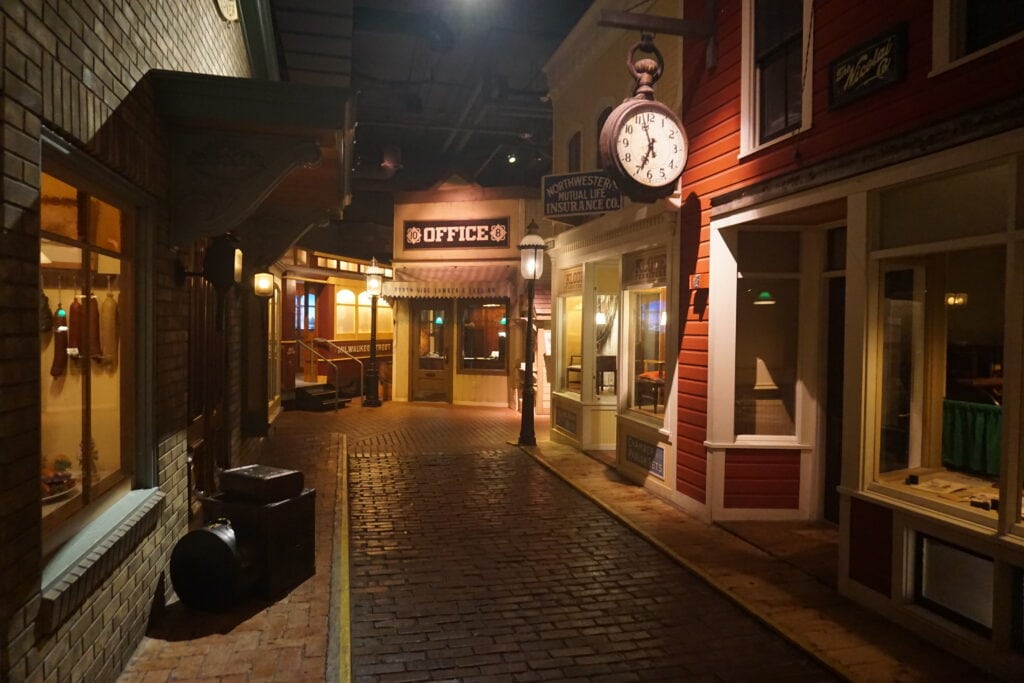
Recent Developments and Future Plans
In 2010, the museum appointed Jay B. Williams, a former executive at PrivateBank, as director. His leadership focused on increasing visitor engagement and boosting fundraising efforts.
Attendance numbers fluctuated during this period, but the museum continued to attract hundreds of thousands of visitors annually.
In 2014, Milwaukee Public Museum hired Dennis Kois as president and CEO.
His tenure saw record attendance, with some of the busiest quarters in the museum's history.
During this time, the museum board approved plans for a major redevelopment project.
By 2017, after years of research, Milwaukee Public Museum determined that the existing building required extensive and costly repairs.
Instead of renovating, leadership decided to construct a brand-new facility.
In 2018, Kois resigned following an internal board investigation regarding a workplace relationship, leaving the museum's leadership in transition.
Dr. Ellen Censky stepped in as interim president and CEO and later earned the permanent role in June 2019.
Under her leadership, Milwaukee Public Museum continued its push toward relocation.
In 2020, the museum finalized plans for its future home - a 2.4-acre site along North Sixth Street, between West McKinley Avenue and West Vliet Street.
Designs for the $240 million project were unveiled in 2022, featuring a five-story, 200,000-square-foot building.
The plan aimed to modernize exhibits while ensuring long-term sustainability.
Groundbreaking was scheduled for spring 2024, with an estimated opening in early 2027.
Signature Exhibits and Collections
Milwaukee Public Museum has long been known for its immersive and interactive exhibits.
One of its most famous displays, Streets of Old Milwaukee, opened in January 1965.
This exhibit transports visitors back to the city's early days, featuring cobblestone streets, period-accurate storefronts, and vintage advertisements.
Since its debut, millions of people have walked through this exhibit, making it one of the museum's most popular attractions.
Another highlight is the European Village, an exhibit showcasing the diverse cultural backgrounds of Milwaukee's immigrant communities.
Opened in the 1960s, this display features detailed recreations of homes and businesses from various European ethnic groups that shaped the city.
Authentic artifacts and carefully designed settings bring the experience to life, giving visitors a glimpse into Milwaukee's past.
The Puelicher Butterfly Wing offers a different kind of experience.
This exhibit houses live butterflies from around the world, allowing guests to walk through a tropical habitat filled with fluttering wings.
It's one of the museum's more interactive features, allowing visitors to see these insects up close.
Beyond its exhibits, MPM holds an extensive collection of artifacts and specimens.
The museum manages over 4 million objects, including a 14,500-year-old woolly mammoth skeleton.
While the real bones are too fragile to display, a fiberglass replica is available for viewing.
Milwaukee Public Museum also houses a collection of over 10,000 bird eggs, with a strong emphasis on species native to Wisconsin.
These collections support ongoing research and conservation efforts, reinforcing the museum's role as an educational institution.


